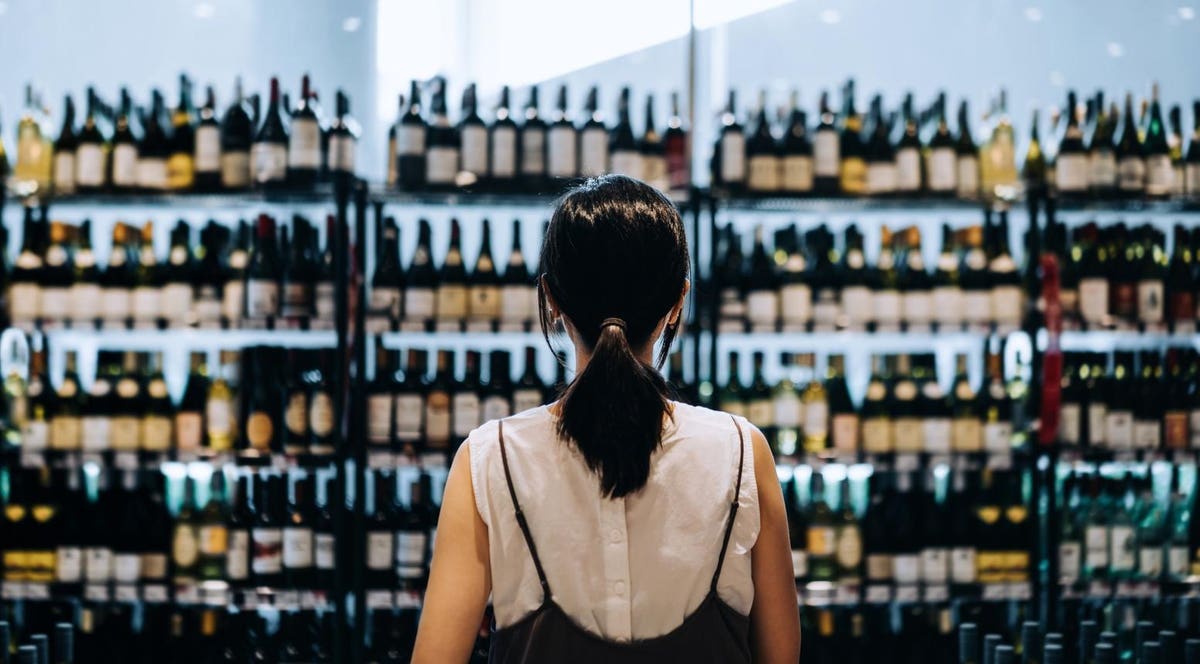With wine sales starting to flatten globally, it is useful to re-examine how consumers select wine when they are shopping. A new survey* conducted in May of this year reveals some strong consistencies on wine consumer decision-making in three major markets – the U.S., Australia, and Italy. And in all three countries, the taste of the wine is more important than price.
“Having tried a wine before is a strong predictor of future choice,” explained lead researcher, Dr. Armando Corsi, Associate Professor with the University of Adelaide in Australia. “However, if you didn’t try it yourself, Australian and U.S. consumers tend to rely on price, whilst Italians seem to be guided more by the food they are going to match with that wine.”
The survey, which included a total sample size of 2,014 wine consumers from the three countries (Italy, Australia and the U.S.), found many similarities, but also some differences between countries. Table 1 outlines the 12 major wine purchasing decision factors used, along with the importance score provided by the consumers.
Table 1: Major Decision Factors Used by Consumers in Selecting Wine
Similarities and Differences in Wine Consumer Choice by Country
For the most part, Australian and U.S. consumers had similar rankings on key decision factors when choosing a wine, but Italians differed in certain categories. For example, food pairing, region/country of origin and grape variety were all more important to Italians, perhaps highlighting a culture that focuses on the joy of dining and the importance of the source and type of wine, (and also food).
One area of general agreement between countries, in addition to taste, was a ‘recommendation from someone I trust.’ Since wine can be a confusing product to purchase, many consumers rely on recommendations to help them decipher the great wall of wine that they often confront at the grocery store or wine shop.
Some of these recommendations come from close friends or family members, whereas other recommendations may come from online sources, such as social media sites and wine apps. Some consumers consult a wine shop employee that they’ve come to know, and a few rely on wine critics or a trusted publication that they follow in print or online.
Surprisingly, ‘brand’ was only ranked as 5th most important, and ‘awards/medals,’ didn’t factor as high in decision making factors as other reasons. This could be due to the vast variety of wine brands available on the market, along with numerous wine competitions. With so many options, consumers need to revert to taste experience, recommendations, and price in order to help them make a decision.
Many of the environmental choice factors, such as packaging format, sustainability certification, and packaging carbon footprint, also seemed to be much less of a consideration. This could indicate a need for more communication on the benefits of these topics in wine marketing. The exception was in Italy, where a sustainably certified wine was more desirable to purchase, and was rated as more important than brand and awards/medals.
In the End, Wine Taste Is the Most Important Factor
The wine grape is naturally sweet when harvested, but wine as a beverage offers a multitude of taste options, ranging from bone dry, dry, semi-sweet, sweet, and very sweet. In addition, there are also thousands of grape varietals that all taste different, and winemaking methods can further impact the taste of wine. For example, adding oak or not, emphasizing natural tannins and acidity or crafting the wine to be smooth, how to blend different grape varietals, the level of alcohol, and many other permutations.
But in the end, it is taste that matters. The wine must taste good to the consumer, and ideally enhance food. And consumer research studies have shown that 1 in 3 consumers enter the category through a sweet wine offering, and if it is not a pleasant first experience, they will not continue to drink that category of beverage.
Furthermore, a 2022 Wine Market Council research study on how to attract younger multi-cultural consumers to the wine category showed that it was important to provide a positive first experience with wine. And the identified types of wine for a positive first experience were sweet reds, moscato, and sparkling wines. Perhaps it is time for the wine industry to make sweet wine sexy again, and to remind people that sparkling wine is good for any occasion, including meals.
Survey Methodology on Consumer Wine Choice
*The online survey was conducted as part of a larger research project on alternative wine packaging, and included researchers from the University of Adelaide, the University of Florence, Sonoma State University, University of South Australia, with some funding support from Ron Rubin Winery. The survey was conducted during the month of May 2023.
A Best/Worst Methodology was used to calculate the importance scores. According to Corsi, “Respondents were presented with a certain number of sets of choice factors, (and) are asked to choose the one factor they consider to be most important when choosing a wine and the one factor they consider to be the least important. By calculating the number of times each factor is chosen as the most and least important we can calculate the Best/Worst Score.”
Read the full article here





